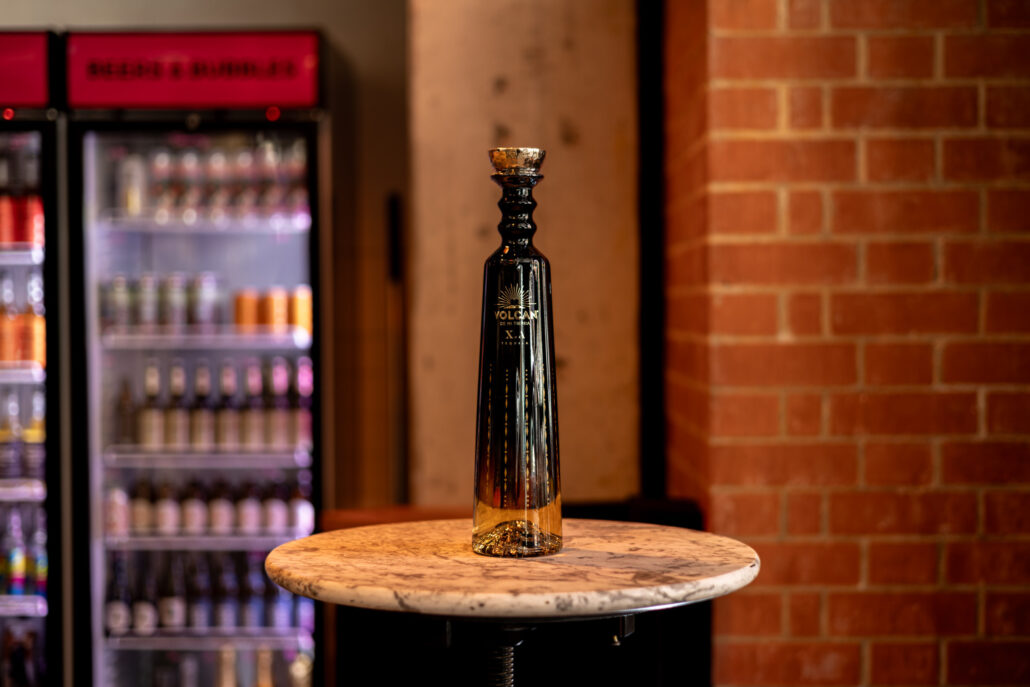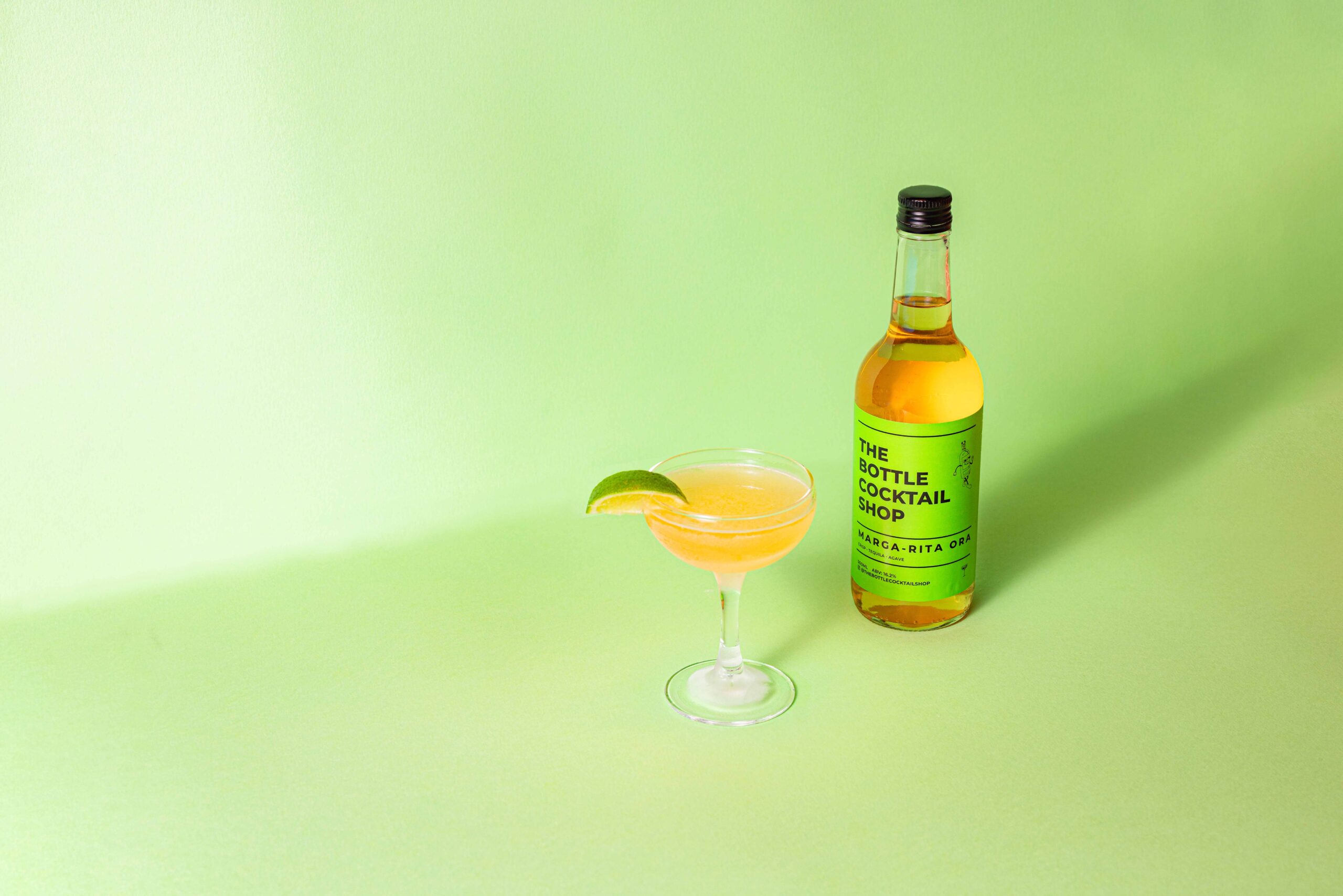Tequila
Is produced for only one type of Agave, the Agave Azul Tequilana Weber, once thought to be a member of the Lily family recently found to be classed as a “Succulent” like the asparagus. The hearts of the agave plants are called pinas, they look like giant pineapples and take between 6 and 12 years to fully mature. The pinas are hand harvested, trimmed, and steamed or roasted. The cooked agaves are milled, fermented, and either pot-distilled at least twice. Mexican law state that Tequila can be produced anywhere in the state of Jalisco, or parts of Nayarit, Michoacan, Guanajuato and Tamaulipas.
Blanco Tequila
Is stored up to 60 days after distillation, then bottled.Reposado
Is “Rested” between 2-12 months in wooden containers of varying origin and size. The former contents of the casks, typically American Whiskey.Anejo
Must be aged for a minimum of 1 year, but no more than 3 years in oak barrels no larger than 600 liters.
Extra Anejo
Anejo that is aged for more than 3 years.RECEIVE 10% OFF YOUR FIRST ORDER
Sign up to our newsletter for monthly offers, exclusive previews and cocktail making tips & tricks.
Mezcal
Is an agave based spirit produced in the Mexican state of Oaxaca. It’s International Denomination of Origin designates a total of 5 states and 2 towns that can grow agave in Oaxaca and produce Mezcal. Mezcal can be produced from up to 30 different agave varieties, the most common being Espadin.Ageing
Ageing as with any other spirit gives time for the wood to interact with the barrel and for the spirit to mellow. During the day as the barrelgets warm with the days heat more spirit is soaked into the pores of the wood and extracts the vanillin’s, tannins and other flavours from the wood. As the wood cools at night it tightens pushing that soaked up liquid out of the wood with all that flavour. Over a period of warming and cooling there is an amount of liquid lost to evaporation otherwise known as the “Angels Share”, this processes is more savvier the hotter the country, this is why you might see a 30yr old whiskey but never a Tequila or rarely a rum as in hotter climates the interaction between barrel and liquid is more intense and evaporation is more making it a far small yield for the work you put in. In essence the hotter the climate the quicker the ageing but it is not quite as simple as that. The age statement on a bottle usually states the youngest spirit in the bottle or the majority spirit but not always. Most spirits are aged in American white oak. This is due to a few simple reasons, for longevity and consistency it holds liquid best and flavours consistently also with the rule that Bourbon Whiskey can only use its barrel once, this means there is a surplus of barrels that are sold on to other spirit producers to age in.
Blending
This is when the spirits have aged for an adequate amount of time to get the consistent taste between batches. This is usually done by committee led by a master blender or master distiller and will include experts on those brands. They will taste different barrels and blend the together to get a consistent product.RECEIVE 10% OFF YOUR FIRST ORDER
Sign up to our newsletter for monthly offers, exclusive previews and cocktail making tips & tricks.
Did you enjoy this article?




